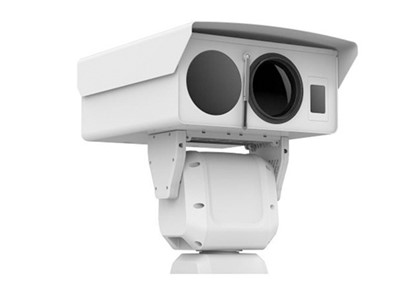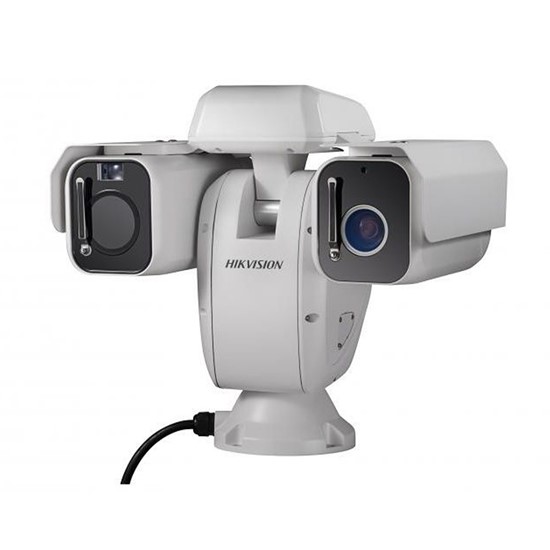
While normal cameras create the image thanks to the light, thermal cameras create the image thanks to the heat. Similarly, color differences are important when the human brain and eye use colors and light to create an image. It is extremely difficult to detect a white object in front of a white wall, and it is also extremely difficult to view an object with a temperature equal to the ambient temperature with a thermal camera. The lenses used in such cameras are capable of capturing very small temperature differences (such as 0.01 °C) and creating an image from this difference. They also have a certain temperature range in which they can form images. Since there are different IR emanations at each temperature value and each IR emission has a different wavelength, these lenses can display images in certain temperature ranges. Military-purpose ones are generally sensitive to 8 to 14 micrometer wavelengths where objects found in nature have common IR emissions, while industrial-type ones are sensitive to lower wavelengths and can have the ability to form images at higher or lower temperatures. These cameras consist of optical components including camera lens, screen, data processing, report generation, control tools. In fact, the lens is used to collect and focus the radiation in the detector. Although most thermal imagers have long wavelengths, these lenses are made of germanium.

















































